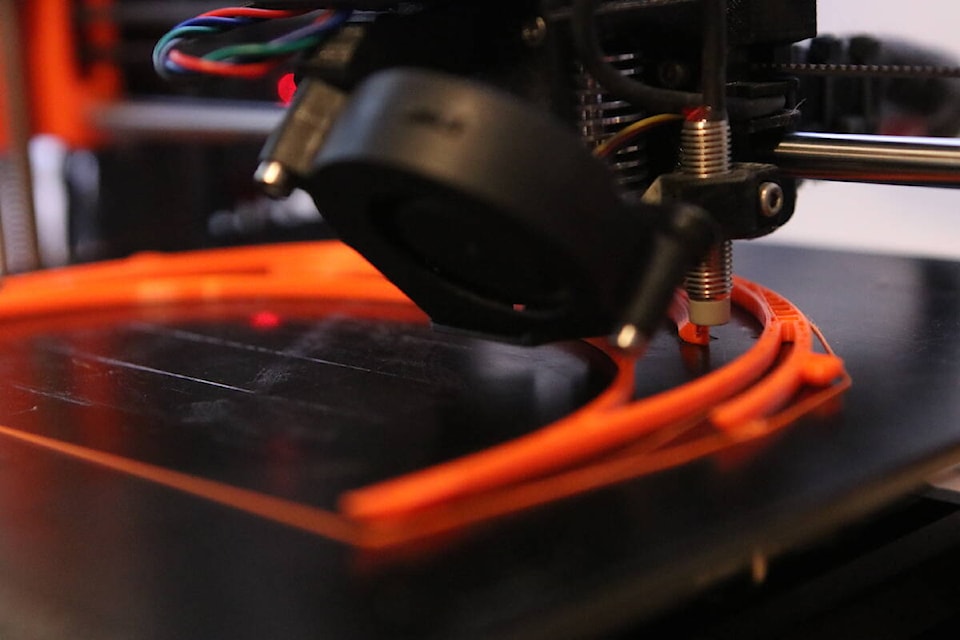Last week my husband gathered up the courage to break the news that he had bought a 3D printer with the help of a friend. A few days later it was in our home and set up in the living room beside the couch.
3D printing has existed in concept since 1945, and in primitive practice since 1971. The consumer interest grew throughout the 2010s and now 3D printing touches almost every industry and printers are in both businesses and homes.
Everything from movie props and clothing to food, living tissue and parts of organs can be 3D printed now. The ability to print live tissue and organs allows the medical community to directly test human tissue and organs without testing on animals.
Our first print was a cat battle helmet.
Cat helmets take about two hours to print so we had time to kill while the newest robot to join our house did its thing. Throughout the afternoon I sat and watched my husband walk back and forth to the printer, hovering over it like a pot waiting to boil.
At one point I looked over and the kid had brought all the other neighbourhood kids inside. They were all hunched over the computer along with my husband, scouring websites for 3D printer designs. The next hour was spent adding things like Minecraft swords, cat-shaped pencil holders, and Transformers figures to the “future print” list.
It all sounds like a pointless afternoon but I like to think of it as our own version of STEM learning. STEM (science, technology, engineering, and mathematics) has grown to represent a unique approach to teaching and learning.
It isn’t just for the younger generation in silicon valley though.
In central Alberta, places like Central Alberta Maker Space allow you to learn and explore with others who are just as excited to print a cat helmet as you are. They share their ongoing projects and membership on their Facebook page, facebook.com/CentralAlbertaMakerSpace.
If you are a solo scientist, the Mary C. Moore Public library has an electronics and maker space equipment loan service. The equipment is available for three-week loan periods to all current Lacombe and Lacombe County library members. For more information visit lacombelibrary.com/makerspace.
I’m sure that poor printer will be going constantly for the next few weeks, until we upgrade or it catches fire from not being allowed to cool down.
